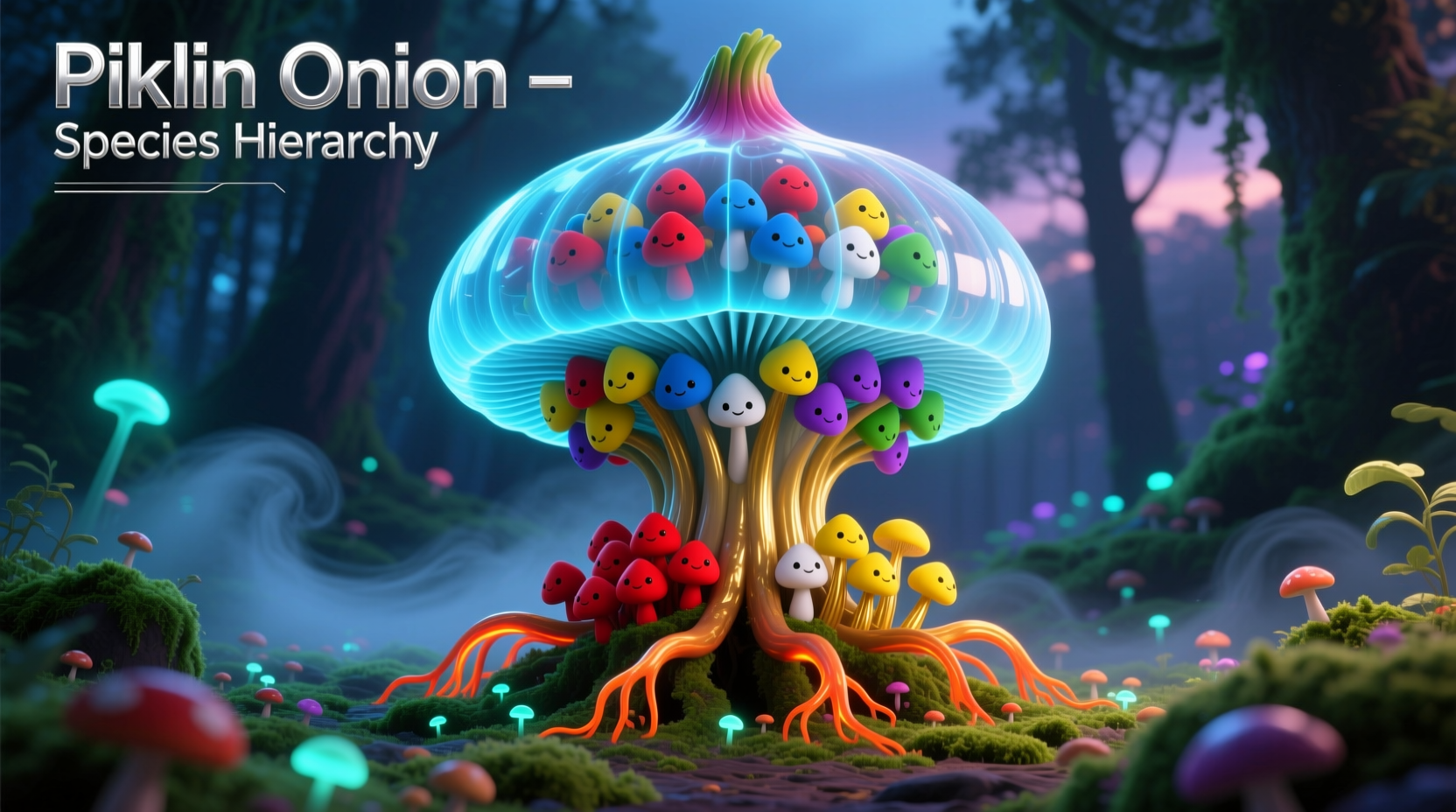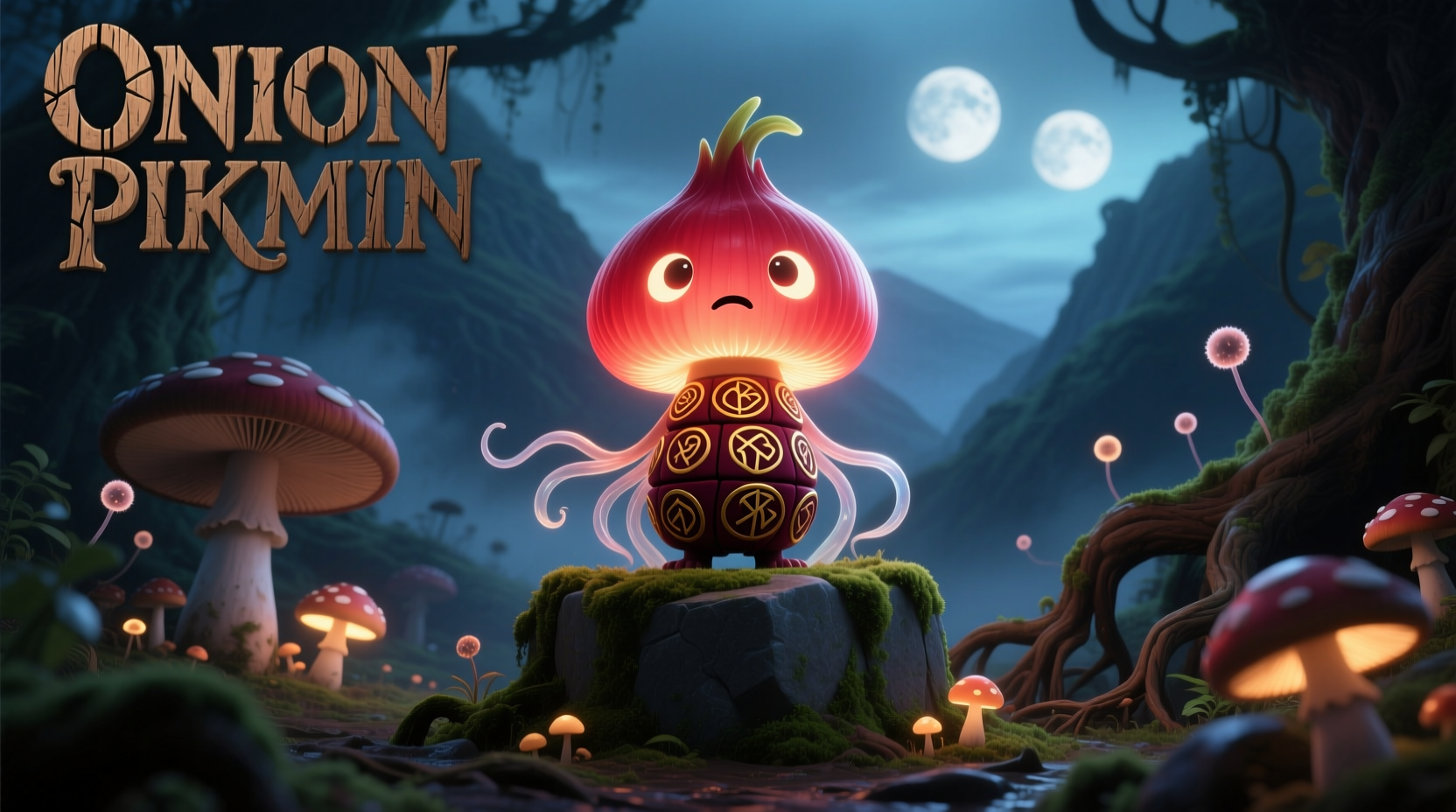Understanding the Pikmin Onion: Your Essential Game Companion
When you first encounter the mysterious Onion in any Pikmin game, you're looking at the heart of your expedition. This distinctive structure—resembling a flying saucer with a stem—serves multiple critical functions that determine your progress. Unlike standard bases in other strategy games, the Onion actively participates in your gameplay through its unique mechanics.
How the Onion Works Across Pikmin Titles
The Onion's fundamental purpose remains consistent throughout the series, but Nintendo has refined its functionality with each new installment. In every game, your Pikmin automatically return collected items to the Onion at sunset, where they're converted into new plant creatures. This elegant system creates a natural resource management challenge that defines the Pikmin experience.
| Pikmin Game | Onion Features | Unique Mechanics |
|---|---|---|
| Pikmin 1 & 2 | Single-color specific | Automatic item processing at night |
| Pikmin 3 | Multiple Onions per expedition | Daytime item processing option |
| Pikmin 4 | Upgradable capabilities | Real-time resource conversion |
Mastering Onion Management: From Beginner to Expert
For new players: Your first priority is ensuring Pikmin return items before nightfall. When Pikmin carry treasures or defeated enemies toward your Onion, they'll automatically deposit them. If they don't make it back in time, those resources disappear until you recover them the next day—a frustrating setback that teaches valuable time management lessons.
Intermediate strategy: Position your Onion strategically near resource-rich areas. In Pikmin 3 and 4, you can move your Onion between designated landing zones. Seasoned players always scout for optimal locations that balance proximity to resources with safety from predators. Remember that different Pikmin colors have different strengths, so position specialized Onions accordingly.
Advanced technique: Expert players use the "item stashing" method in Pikmin 4. By collecting multiple items simultaneously and timing your returns to the Onion, you maximize daylight efficiency. This advanced tactic requires precise Pikmin allocation but can cut mission times by 30% or more when executed properly.

Common Onion Mistakes and How to Avoid Them
Many players make these critical errors with their Onion:
- Ignoring color specialization: Each Onion produces only one Pikmin type. Mixing colors at a single Onion wastes valuable time as Pikmin struggle with unsuitable tasks.
- Poor positioning: Placing your Onion too far from resources creates unnecessary travel time. In Pikmin 4's timed challenges, this can mean mission failure.
- Overlooking upgrades: In Pikmin 4, Onions can be upgraded to process items faster. Neglecting these improvements severely limits your efficiency.
Why the Onion Design Matters to Game Strategy
Nintendo's design of the Onion creates a natural tension between exploration and resource management. The sunset mechanic forces strategic decisions about when to push forward versus securing your gains. This elegant system teaches players valuable planning skills while maintaining the series' signature charm.
According to game designer Shigeru Miyamoto's interviews with Nintendo Dream magazine, the Onion concept emerged from wanting "a base that felt alive and integrated with the environment, not just a static structure." This philosophy explains why Onions blend seamlessly into each game's ecosystem while serving critical gameplay functions.
Optimizing Your Onion Strategy for Different Game Modes
Different Pikmin game modes require distinct Onion approaches:
- Story mode: Focus on steady progression. Don't rush to move your Onion until you've secured the immediate area.
- Challenge modes: Position Onions for maximum efficiency from the start. Every second counts in timed challenges.
- Bingo Battle: Keep your Onion centrally located to minimize travel time between different resource zones.











 浙公网安备
33010002000092号
浙公网安备
33010002000092号 浙B2-20120091-4
浙B2-20120091-4